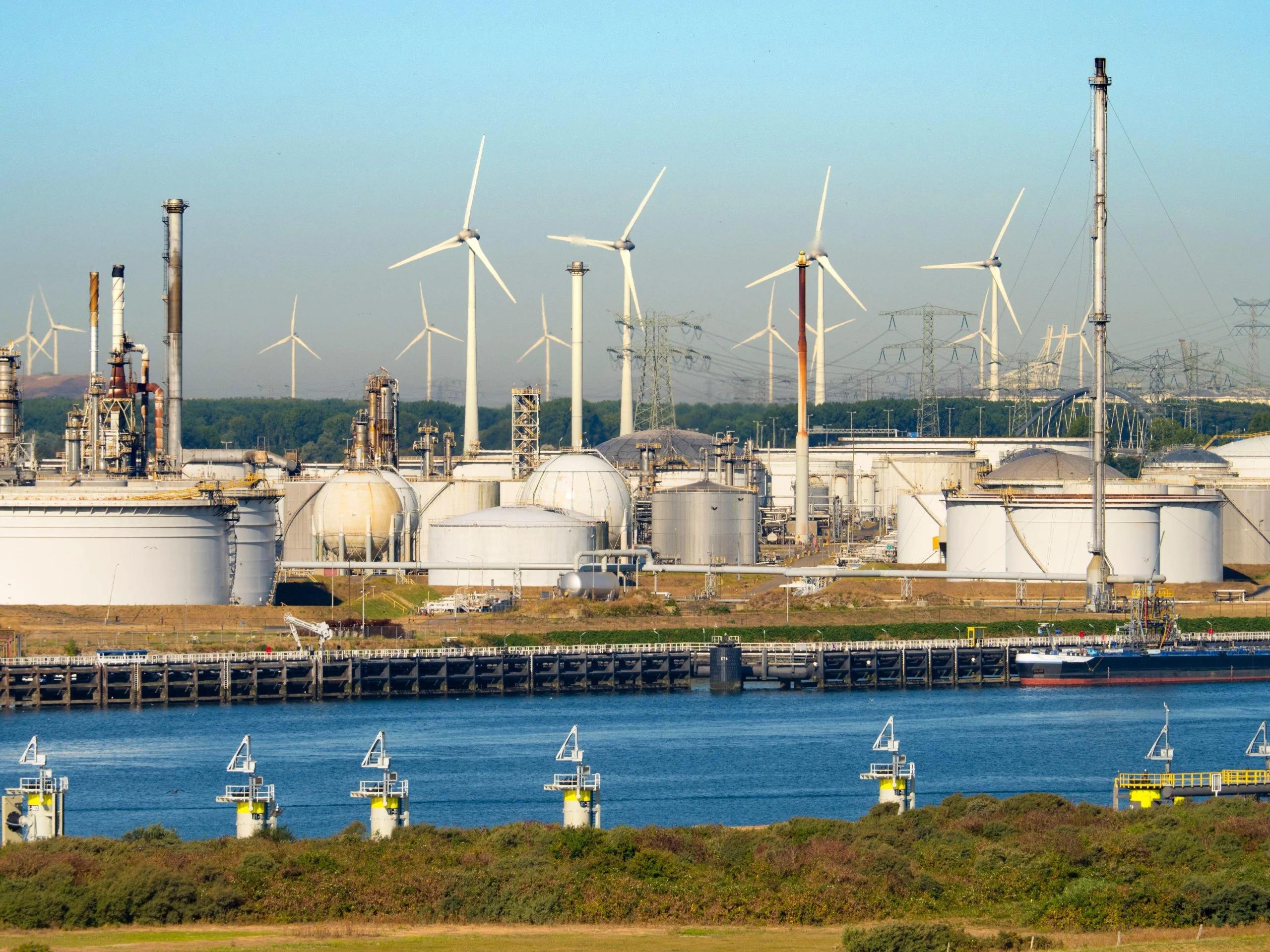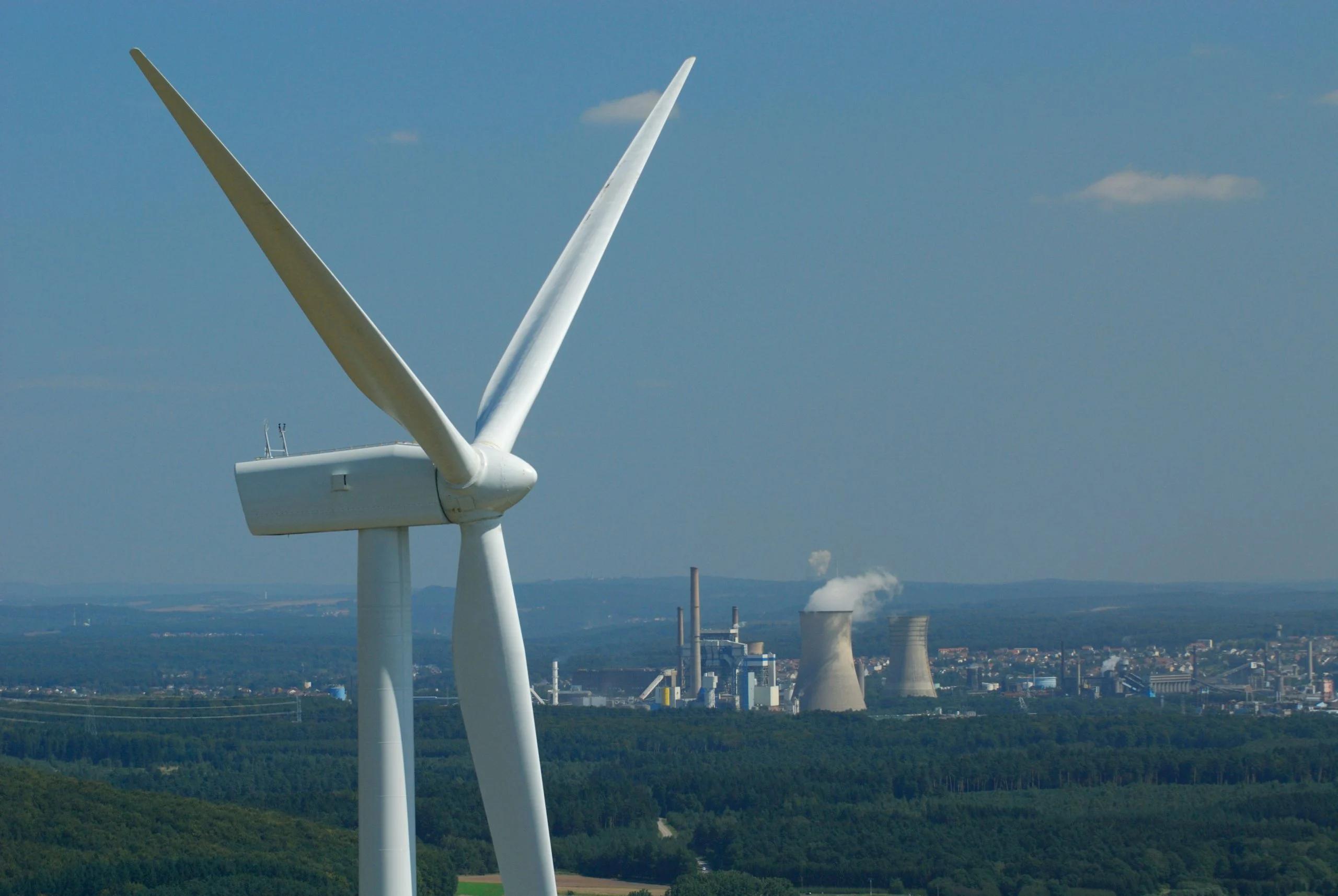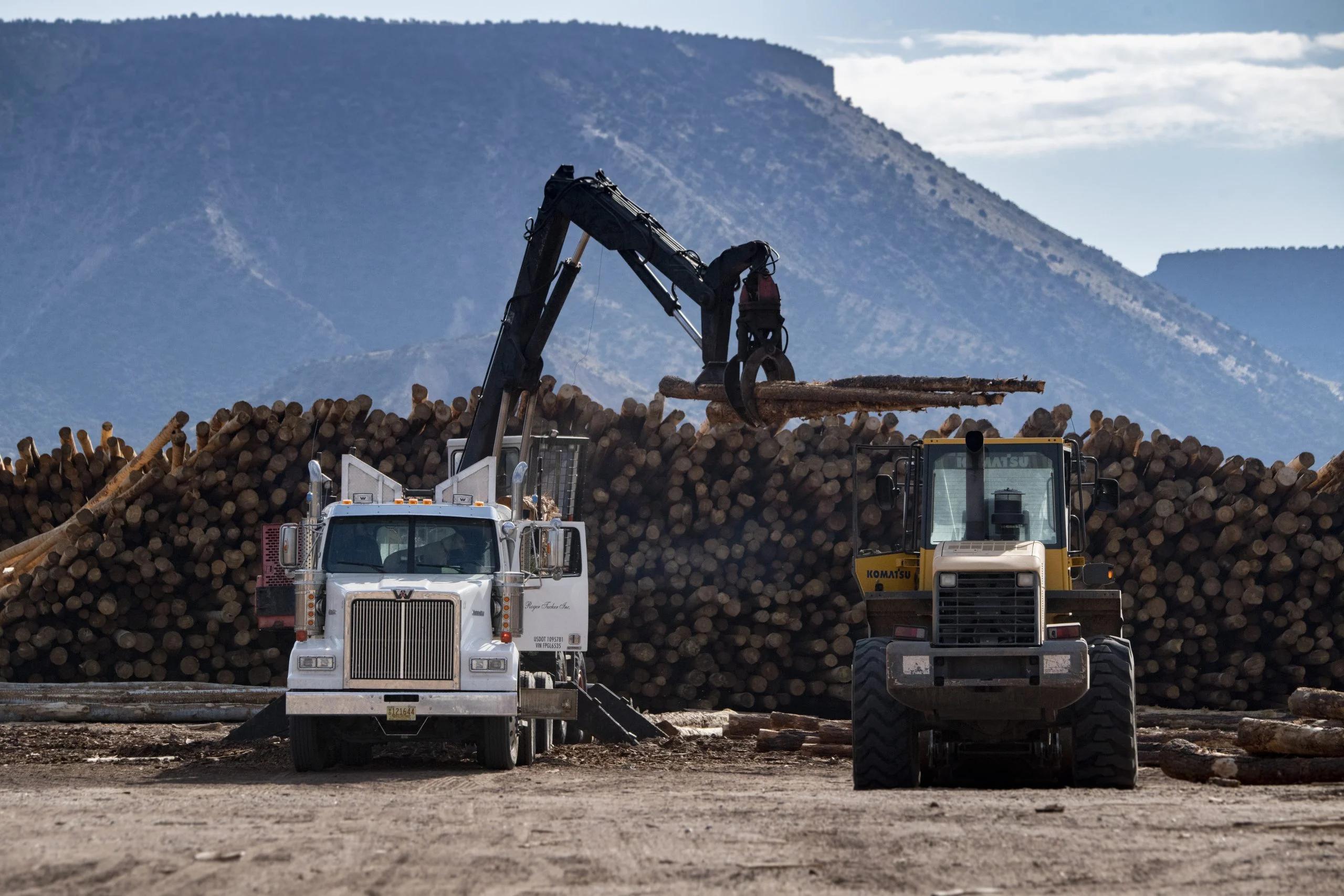
How an accounting shift could conceal millions of tonnes of coal mine emissions
A proposal for open-cut coal mines to self-report their emissions, without external review, transparency, or top-down verification improvements could further undermine reporting standards, and reward coal miners in the process.
Destaques
Resumo Executivo
Como uma mudança de metodologia corre o risco de ocultar milhões de toneladas de emissões
O governo australiano Proposto Shift Rumo às emissões lideradas pela empresa, as estimativas de Saturing Millions de Millions de Millions de Millions de Millions de Milhões de Milhões As preocupações de subnotificação. Following a
Australia’s emissions reporting regime is under serious question. Following a year-long review of thenational emissions reporting system, the Climate Change Authorityrecommended a series of integrated changes required to improve transparency, measurement approaches, and top down emissions verification at coal mines across Austrália. Ambas as abordagens são estimativas e nenhuma delas pode capturar com precisão as nuances das emissões de metano em uma mina individual. O CO2-E simplesmente desapareceu do inventário de emissões da Austrália, à medida que os mineradores de carvão mudaram de médias baseadas no estado, para estimativas auto-gerenciadas. O governo australiano está atualmente considerando expandir o lançamento desta mudança de relatório. A mina de carvão de Caval Ridge reduziu quase meio milhão de toneladas de CO2-E somente em 2021, e a mina de carvão Maules Creek reduziu suas emissões relatando em mais de 1,8 milhão de toneladas de CO2-E, pois começou a relatar emissões que são reduzidas por meio de uma estimativa liderada pela empresa em 2021, em que a Reduced, que pode ser reduzida em que a REDULTE MILHULTE MILHOTE MILHOTE MILHULTE MILHOTE MILHOTE MILHOTE MILHOTE MILHOTE MILHULTE MILHOTE MILHO MILHO MILHO MILHO MILHORES. 2016. Nos últimos dois anos, quando todas as três minas foram utilizando o método 2, elas podem ter evitado uma média de 2,7 milhões de toneladas por ano. Espera -se que essa taxa aumente no próximo ano, pois o fator de emissões do estado de Queensland deve aumentar em 35%. pose e a necessidade crítica de o governo adotar uma abordagem mais holística para a medição, relatório e verificação de emissões. O apagamento noturno de centenas de milhares de toneladas de CO2-E, sem nenhuma mitigação real ou uma mudança na mineração de carvão. Expandir a abordagem existente e sub-regulamentada para relatórios auto-liderados sem melhorias holísticas na capacidade de medição e verificação soberana da Austrália apenas prejudicará ainda mais a integridade do nosso inventário de emissões e aumentará a injustiça setorial, o mecanismo de salvaguarda. Ember
Currently, open-cut coal mines can choose to report their fugitive methane emissions through either state-based emissions factors (method 1), or company-led emissions estimates (method 2). Both of these approaches are estimates, and neither can accurately capture the nuances of methane emissions at an individual mine.
However, coal mines which have shifted from method 1 to method 2 estimates have reported dramatic reductions in their emissions reporting to date.
Through an assessment of eight currently operating and two proposed coal mines, this report will highlight how millions of tonnes of CO2-e have simply vanished from Australia’s emissions inventory, as coal miners have shifted from state-based averages, to self-managed estimates. The Australian government is currently considering expanding the rollout of this reporting shift.
In 2012, when Adani considered the emissions from its proposed Carmichael mine, it estimated emissions 135 times lower than the state based average.
Similarly, Hunter Valley Operations coal complex have reduced their emission estimate by 5.5 Mt since shifting from state-based average in 2016. Using the same methodology shift, Caval Ridge coal mine reduced close to half a million tonnes of CO2-e in 2021 alone, and Maules Creek coal mine has reduced their emissions reporting by over 1.8 million tonnes of CO2-e since it began reporting emissions using a company-led estimate in 2021.
Collectively, these three mines may have reduced their reported emissions by close to 8.5 million tonnes of CO2-e since 2016. Over the last two years, when all three mines have been utilising method 2, they may have avoided an average of 2.7 million tonnes per year. This rate would be expected to increase next year, as the Queensland state emissions factor is set to increase by 35%.
These emissions estimates were all conducted through the existing reporting regime which does not have to be externally reviewed, transparently verified, and in most cases, isn’t even made publicly available.
Through these examples and more, this report will highlight the risks that expanding this approach may pose, and the critical need for the government to adopt a more holistic approach to emissions measurement, reporting and verification.
Downloads
Metodologia
Isenção de responsabilidade
As descobertas neste relatório são baseadas em emissões e estimativas relatadas da Austrália. Esse esquema adere aos requisitos de relatórios do UNFCCC recomendados pelo IPCC, mas não reflete a medição, relatório ou verificação de metano de práticas recomendadas da indústria, conforme destacado por UNECE e que não possamos produzir emissões de metano que podem ser reportadas ou que não possam produzir emissões de metano que podem ser reportadas ou que não tenhamos as que não tenhamos as emissões de metano que podem ser reportadas ou que não tenhamos as que não tenhamos as emissões de metano que podem ser reportadas ou que não tivemos as emissões de metano. Essas informações foram preparadas apenas como uso da informação ou educação e não constitui conselhos financeiros, legais ou profissionais.
We have noted where reported emissions or estimates may be substantially lower than the actual amount of methane released. This information has been prepared as information or education use only, and does not constitute financial, legal or other professional advice.
As informações neste relatório foram preparadas usando o material descrito abaixo e, embora as descobertas neste relatório sejam baseadas em uma análise desse material, nenhuma garantia é feita quanto à integridade, precisão ou confiabilidade das declarações ou representações que surgem do material reunido para conduzir esta análise. A Ember não teve acesso a nenhum dos dados de emissões internas das empresas listadas, nem dados de emissões que possam estar disponíveis para os reguladores estaduais. As projeções de produção de carvão avançadas foram coletadas de maneira semelhante, principalmente para minas de Greenfield e para aqueles que buscam extensões ou expansões. Quando não estão disponíveis, as projeções de produção de curto prazo foram estimadas com base na produção média de carvão nos últimos quatro anos e verificou as estimativas da empresa. Se não estiver disponível publicamente, as lacunas de emissão histórica entre o método 1 e o método 2 foram estimadas com base nos relatórios sob o regulador de energia limpa, fatores de emissão do método histórico 1 e emissões estimadas de diesel por tonelada de produção de carvão. Fontes:
Emissions estimates
Method 1 emissions estimates were identified in Environmental Impact Statements and Annual Reports where possible, and reconstructed where not publicly available. Forward coal production projections were collected in a similar manner, particularly for greenfield mines and those seeking extensions or expansions. When not available, short term production projections were estimated based on average coal production over the last four years, and cross-checked against company estimates. If not publicly available, historical emission gaps between method 1 and method 2 were estimated based on reporting under the Clean Energy Regulator, historical method 1 emission factors, and estimated diesel emissions per tonne of coal production.
Coal methane intensity from Australian coal mines
Ember compiled methane emissions data from coal mines in Australia from the following sources:
- Escopo 1 Emissões de minas de carvão subterrâneas Os relatórios para o regulador de energia limpa foram usados para estimar a intensidade do metano da mina. Presume -se que o metano seja responsável por 80% das emissões do escopo 1 relatado. 2013 “
- Gas content at open cut coal mines was compiled from the academic paper by Sagahfi et al. 2013 “ Estimando emissões de gases de efeito estufa da mineração de carvão de corte aberto: aplicação na bacia de Sydney”. Observações de satélite de Tropomi
- Estimates of methane emissions from satellite data were compiled from the research paper by P. Sadavarte et al., 2021 “Methane Emissions from Super-emitting Coal Mines in Australia quantified using TROPOMI Satellite Observations ”. As emissões de metano detectadas são consideradas constantes e calculadas como emissões anuais. A produção e a profundidade do carvão foram determinadas por meio de relatórios anuais, estimativas de EIS e sites da empresa. Nos últimos dois anos de mineração, Bravus relatou produzir 2,7 e 4,8 milhões de toneladas de carvão por ano. Em seu site, Bravus também observa que a mina de Carmichael possui
- Other satellite data was gathered from estimates of methane emissions fluxes of plumes detected in Australia by Carbon Mapper. The methane emissions detected are assumed to be constant, and calculated as yearly emissions.
Methane emission estimates were compared against best estimates for annual coal production and depth of coal per mine. Coal production and depth were determined through Annual Reports, EIS estimates and company websites.
Estimating emissions reporting from Carmichael Mine
Clarifying the current and future coal production of the Carmichael mine is challenging. In the last two years of mining, Bravus has reported producing 2.7 and 4.8 million tonnes of coal per year. On their website, Bravus also notes that the Carmichael mine has Downscaled seu potencial de produção inicial, para uma média de 10 milhões de toneladas de carvão por ano. O fato de a “produção de minas de Carmichael aumentou 47%, para 11,2 milhões de toneladas métricas” no EF24. Ele também observou que a produção da mina estaria se expandindo de "11,2 para 14-15 milhões de toneladas" no próximo ano. Nesta taxa de crescimento, eles poderiam atingir seus níveis de produção de mineração de superfície originalmente propostos de 48 milhões de toneladas por ano antes de 2030.
However, in Adani’s latest earnings call for investors, Adani Enterprises Director, Mr. Vinay Prakash, noted that the “Carmichael mine production increased by 47% to 11.2 million metric tonnes” in FY24. He also noted that the mine’s production would be expanding from “11.2 to 14-15 million tonnes” in the next year. At this rate of growth, they could potentially reach their originally proposed surface mining production levels of 48 million tonnes per year before 2030.
Como tal, a estimativa das emissões é desenvolvida utilizando o fator de emissões fornecido nas emissões da mina. A estimativa fornecida no gráfico está utilizando a estimativa conservadora da produção reduzida atualmente fornecida pelo Bravus, enquanto uma estimativa adicional é fornecida levando em consideração as taxas atuais de crescimento da produção para 2028, assumindo níveis de produção originalmente propostos a partir de então. Emissões relatando ao regulador de energia limpa, bem como documentos da empresa.Environmental Impact Statement, highlighting how emissions could change over the years of the mine’s licensed operations. The estimate provided in the graph is utilising the conservative estimate of downscaled production currently provided by Bravus, while an additional estimate is provided taking into account current production growth rates to 2028, assuming originally proposed production levels from then on.
Estimating emissions reporting from HVO Continuation project
Current emissions for HVO have been developed using publicly available emissions reporting to the Clean Energy Regulator, as well as company documents.
Forward projections of emissions for HVO’s Continuation project have been developed according to the most recently amended greenhouse gas management plan Enviado pela EMM em nome do HVO. Em uma carta datada de 17 de junho de 2024, o HVO observou que as emissões devem aumentar “especificamente, as reservas de carvão mais profundas no domínio de gás 1, as zonas 3 e 4 com conteúdo de gás rico em metano entre 5 e 7m3 /t”. A estimativa do conteúdo de gás indica que as emissões fugitivas sozinhas nas zonas 3 e 4 podem estar entre 0,0952 e 0,13328 T CO2-e /ROMT.||6999
Correspondence between the NSW EPA and HVO representatives this year indicates that multiple emissions factors may have been developed to estimate methane content. In a letter dated 17 June 2024, HVO noted that emissions are expected to increase “specifically, the deeper coal reserves in gas Domain 1, zones 3 and 4 with methane-rich gas contents between 5 and 7m3 /t.” The estimate of the gas content indicates that the fugitive emissions alone in zones 3 & 4 could be between 0.0952 to 0.13328 t CO2-e /ROMt.
Clarity on these emission factors is not publicly available, nor is a corresponding outline of coal production over time across potentially differing domains or zones where different emissions factors may be applied. As such, fugitive emissions have been projected using an average emission factor based on total coal production and total estimated fugitive emissions over the lifetime of the proposed extension, according to the latest amended fugitive emissions update.
Global Energy Monitor estimates
Global Energy Monitor employs its Global Coal Mine Tracker to estimate methane emissions at individual mine levels worldwide, aggregating the data on national and global scales. The tracker monitors operational coal mines producing 1 million tonnes or more per year, and smaller operations with available data, providing baseline estimates for coal mine methane emissions. These estimates utilise mine-level activity data, such as production, operating depth, methane content at depth, and emissions factors, following the peer-reviewed Model for Calculating Coal Mine Methane (MC2M) methodology. In cases where precise coal rank and depth data is lacking, supplemental estimates are included for underground and surface operations.
Acknowledgements
Several people played a considerable role in developing and editing this report, including Dody Setiawan, Rini Sucahyo, Reynaldo Dizon, Uni lee,== Sabina ASAN || 731 , Christiane Yeman, Sachin Sreejith and Tim Baxter.
Acknowledgement of country
Ember acknowledges the Traditional Custodians of the many nations across Australia and their enduring connection to Country and the lands, seas and skies. We pay our respects to Elders past and present and extend that respect to all Indigenous Peoples today.
Cover image
Aerial view of coal processing facility in the Hunter Valley NSW Australia.
Credit: redbrickstock.com / Alamy Stock Photo
Conteúdo relacionado




